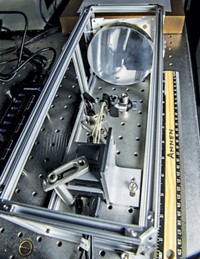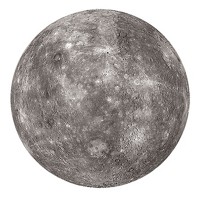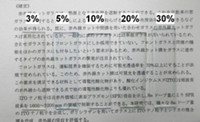Advertisement
Grab your lab coat. Let's get started
Welcome!
Welcome!
Create an account below to get 6 C&EN articles per month, receive newsletters and more - all free.
It seems this is your first time logging in online. Please enter the following information to continue.
As an ACS member you automatically get access to this site. All we need is few more details to create your reading experience.
Not you? Sign in with a different account.
Not you? Sign in with a different account.
ERROR 1
ERROR 1
ERROR 2
ERROR 2
ERROR 2
ERROR 2
ERROR 2
Password and Confirm password must match.
If you have an ACS member number, please enter it here so we can link this account to your membership. (optional)
ERROR 2
ACS values your privacy. By submitting your information, you are gaining access to C&EN and subscribing to our weekly newsletter. We use the information you provide to make your reading experience better, and we will never sell your data to third party members.
Physical Chemistry
Iodine thruster makes space debut
New ion drive offers cheaper, more compact alternative to traditional xenon-based thrusters
by Mark Peplow, special to C&EN
November 26, 2021
| A version of this story appeared in
Volume 99, Issue 43

A spacecraft thruster that relies on iodine has been successfully tested in an orbiting satellite (Nature 2021, DOI: 10.1038/s41586-021-04015-y). The propulsion system is a form of ion drive, which electrically accelerates a jet of ions to generate thrust. Until now, ion drives—used in space probes such as NASA’s Dawn mission to the asteroid belt—have typically relied on xenon. Xenon’s heavy atoms deliver a lot of thrust, but the element is rare and expensive. It also requires high-pressure storage, which makes it difficult to downsize xenon thrusters for miniature satellites called CubeSats, says Dmytro Rafalskyi, cofounder of ThrustMe, the French company behind the iodine drive.
In contrast, iodine is cheap, is abundant, and can be stored as a solid, enabling much more compact thrusters at less than half the cost of an equivalent xenon system. But iodine is also corrosive, so ThrustMe’s system stashes it in a porous aluminum oxide block and uses polymer films to protect exposed metal surfaces. Heaters sublime the iodine, which is then turned into a plasma of I+ and I2+ ions that are accelerated by 800–1,300 V. The 1.2 kg thruster, roughly 10 cm wide, was installed in the Beihangkongshi-1 CubeSat, which launched in November 2020. Trials showed that it performed at least as well as a xenon thruster. Rafalskyi says the smallest satellites sometimes have no propulsion systems at all. The iodine drive would give them the maneuverability to avoid collisions and leave orbit when their work is done, thus preventing the accumulation of space junk.





Join the conversation
Contact the reporter
Submit a Letter to the Editor for publication
Engage with us on Twitter